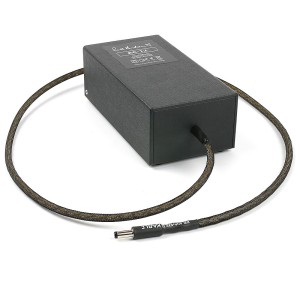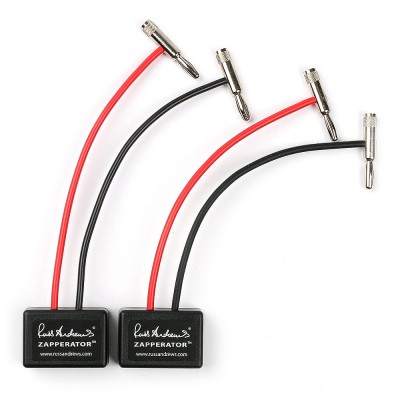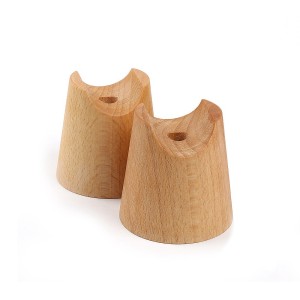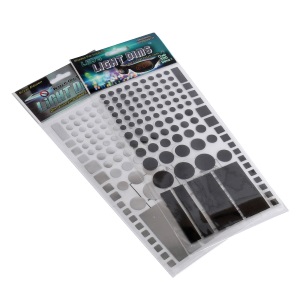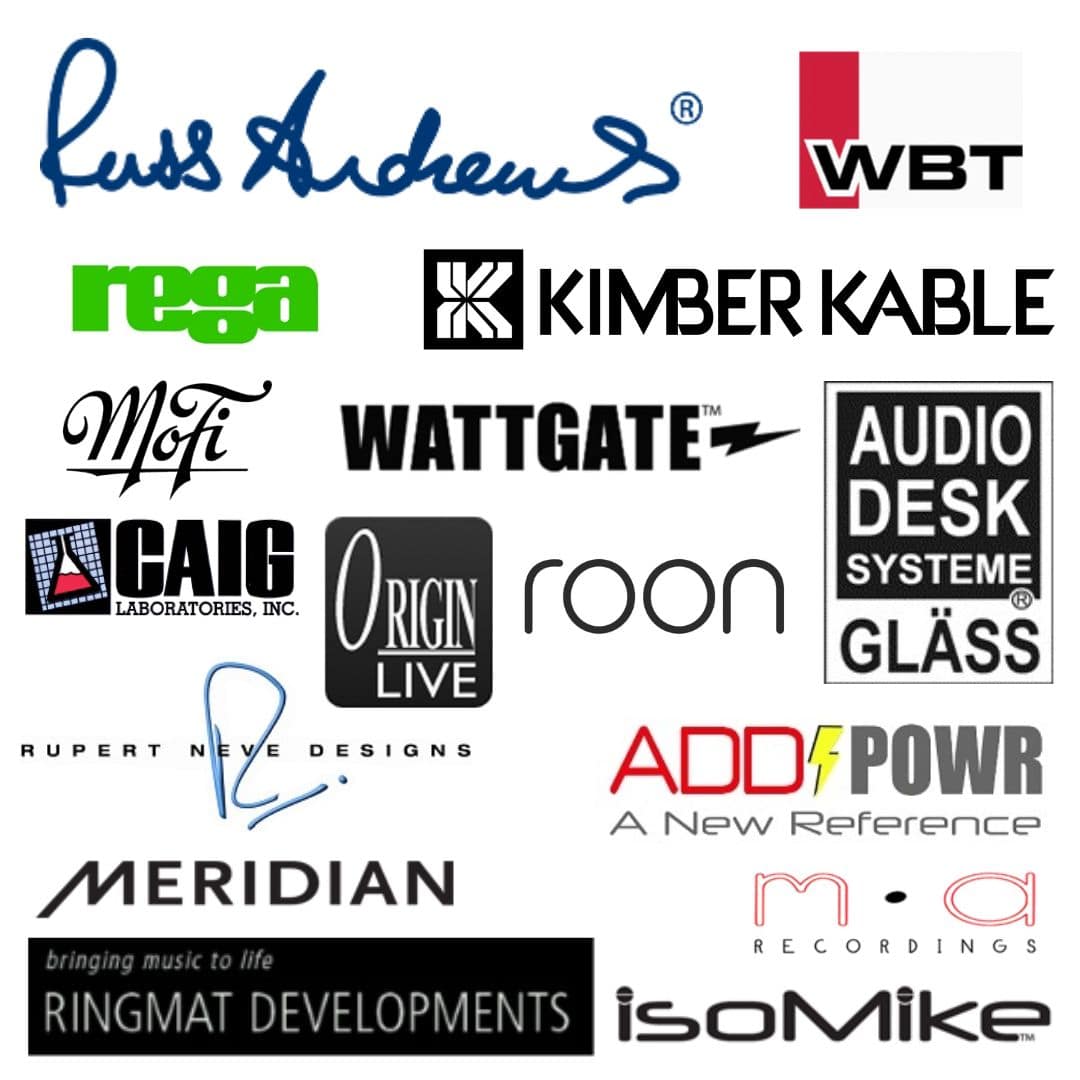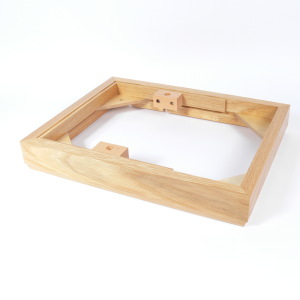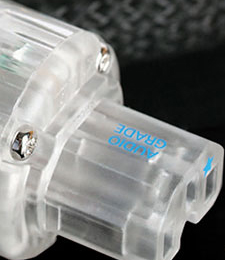Kimber’s Tri-braid analogue interconnects are so-called because they are all contructed using three wires. John Armer looks at their features and benefits.
What are analogue interconnects?
Analogue interconnects are typically used to connect the stereo, analogue outputs of a source component – such as your CD player, streamer, tuner or set-top box - to your preamp or integrated amp. If you have a separate preamp and power amp (or active analogue speakers), they are used to connect those too. Analogue interconnects are almost always supplied in pairs – one for the left and one for the right channel.
We offer ten Kimber analogue interconnects, each using different types and quantities of conductor, and differences in the woven design, to give a selection of cables to suit your system and budget. Those ten interconnects can be broadly split into four ranges – the Tri-braid cables that are the subject of this feature; the Hero interconnects; the
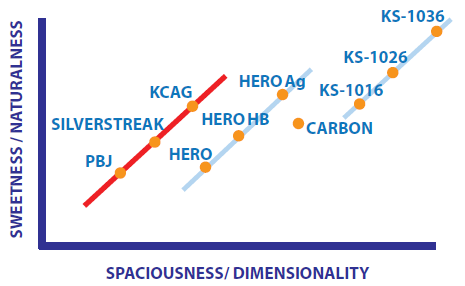 Carbon interconnect; and the Select interconnects. The tri-braid models were the first ones developed by Kimber, and such is the ‘rightness’ of their design that they remain a staple over 35 years after the first ones were introduced.
Carbon interconnect; and the Select interconnects. The tri-braid models were the first ones developed by Kimber, and such is the ‘rightness’ of their design that they remain a staple over 35 years after the first ones were introduced.The graph, above right, gives our subjective comparison of the different cables. As you move up within a range there is an increase in the sweetness and naturalness of the sound, an increase in the sense of air and space around instruments and voices, and improvements to the width and depth of the sonic image.
What does an interconnect need to do?
An interconnect needs to make the electrical connections between your components, but doing this without degradation of the signal is actually very difficult. Everything about a cable affects signal transfer – it subtracts from the signal - it is lossy and slow - and it adds to the signal - it creates distortion and is an aerial for Radio Frequency Interference (RFI).
Kimber’s solution to these problems is ingenious and, like most good ideas, simple. The use of very high purity conductors (their own copper and silver with special stranding), and special recipe insulation, allows effective signal transfer.

KIMBER KABLE® SilverStreak™ Tri-braid analogue interconnect
What's more, the distinctive braided design (where the positive and negative conductors cross each other many times along the length of the cable which allows capacitive cancellation of Radio Frequency Interference), means it can be used free from hum and without the problems of conventional shielding, which can actually degrade the sound. The result is a family of interconnects that sound clear, natural and musical.
About the Tri-Braid cables
PBJ was the first interconnect released by KIMBER KABLE® in 1989. It used three of the individually-insulated copper conductors - called TCSS - used in their 4TC and 8TC speaker cables.
Such was the popularity of PBJ that a much higher-performing version - using three pure silver conductors - was released shortly after: KCAG.
Again, a few years later, a silver and copper version (SilverStreak), with performance mid-way between the two, completed the line-up.
The fundamental tri-braid design remains the same, it’s simply the conductor material (copper and silver) that changes as you move up the range.
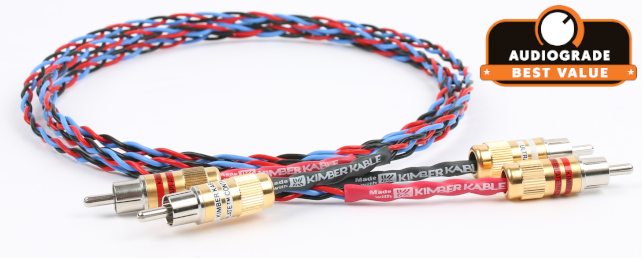
Award-winning KIMBER KABLE® PBJ analogue interconnect
The Tri-braid cables have been – and continue to be – best-sellers since their launch, thanks no doubt to their musical presentation and high ‘sound per pound’ ratio. They are still winning awards; Stereophile magazine included PBJ in this year’s ‘Recommended Components’ round-up, and Audiograde have just bestowed their ‘Best Value‘ award to PBJ.
See the complete RCA Tri-braid range
See the complete XLR Tri-braid range












